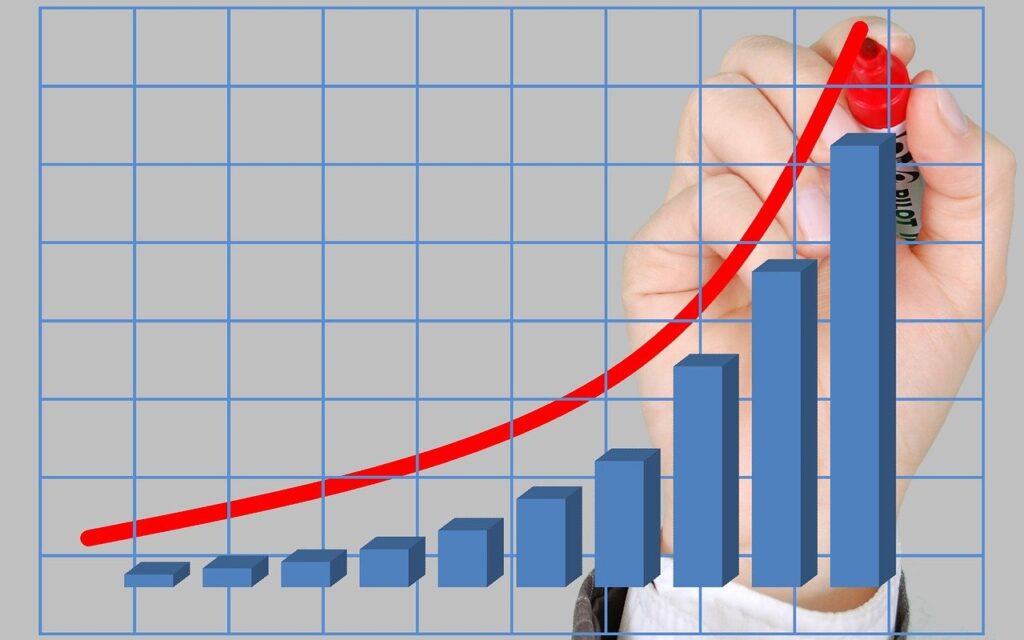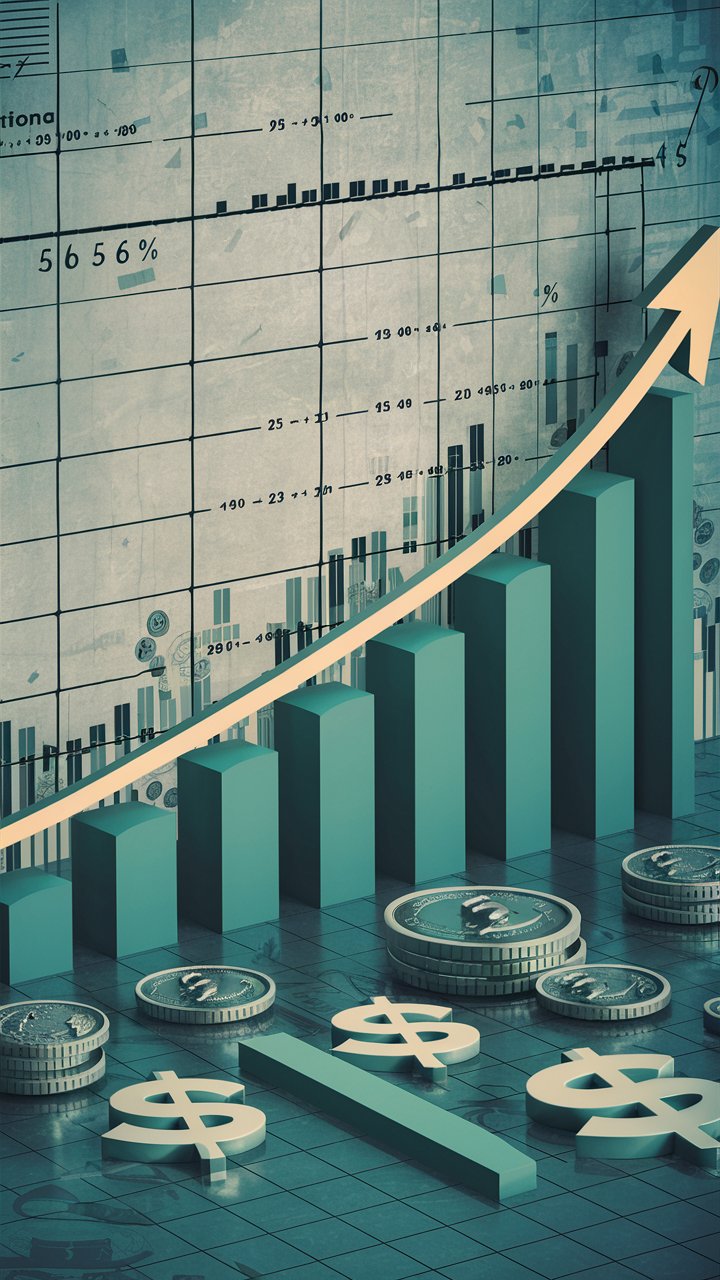Stubborn Inflation Continues to Impact Consumer Spending

The latest Consumer Price Index (CPI) report, released on Wednesday, revealed that inflation continues to be a persistent concern for consumers. The report showed that inflation rose 3.5% compared to the same month a year ago, exceeding economists’ expectations of a 3.4% increase. On a monthly basis, prices rose 0.4% in March, also surpassing forecasts.
Core CPI, which excludes the more volatile food and energy costs, rose 3.8% on an annual basis and 0.4% monthly, again exceeding expectations. This marks the third consecutive month of 0.4% increases in core CPI, indicating that underlying inflationary pressures remain strong.
While the headline inflation numbers may not reflect every individual’s experience, many consumers are still feeling the weight of higher prices. Categories such as juices and drinks, motor vehicle insurance, and household repairs have seen double-digit percentage increases over the past 12 months, putting additional strain on household budgets.
Housing and Energy Costs Drive Inflation Higher

Economists point to sticky housing costs and rising gas prices as major contributors to the elevated inflation readings. These two factors alone accounted for more than half of the overall jump in inflation for March. The shelter category remains the primary contributor to sticky services inflation, with rent and homeowner costs remaining elevated despite expectations of moderation.
Car insurance and maintenance costs also saw significant increases in March, which economists attribute to the temporary surge in car prices in the wake of the pandemic. However, these pressures are not expected to continue driving up inflation in the long run, as vehicle prices have stabilized.
While some aspects of the inflation report are measured differently in the Federal Reserve’s preferred gauge, the Personal Consumption Expenditures (PCE) price index, the CPI data points to inflation persistence more generally. This could weaken the Fed’s confidence about how quickly inflation will converge to the 2% target on a sustainable basis, potentially influencing future monetary policy decisions.
Measuring Personal Inflation Rates
To better understand how inflation affects their personal finances, consumers can calculate their personal inflation rate by comparing their total monthly spending from March 2023 to March 2024. Online calculators, like the one provided by the Federal Reserve Bank of Atlanta, can also help individuals quickly gauge their personal inflation rate.
Wage increases play a significant role in how inflation impacts individuals. If wages haven’t kept pace with the nearly 18% rise in the CPI over the past three years, consumers are more likely to feel the pinch of higher prices. However, real wages, which are adjusted for inflation, are now higher, suggesting that many individuals are better off today than they were a year or two ago.
Despite the challenges posed by persistent inflation, economists note that the CPI typically overstates inflation compared to the Federal Reserve’s preferred measure, the PCE price index. The PCE was up 2.8% over the past 12 months, according to the latest data for February, indicating a slightly less severe inflationary environment than the CPI suggests.

Declining Prices in Some Sectors Offer Hope

Despite the overall high inflation numbers, there are some positive signs in the report. Grocery prices remained steady in March with 0% inflation, providing a welcome respite for consumers who have been grappling with rising food costs. Additionally, used car prices fell, contributing to the overall deflationary trend in the goods sector.
Core goods prices, which exclude food and energy, averaged a 1.4% annualized deflation rate for the three months ending in March, in line with inflation readings for the category at the end of last year. Economists note that there is still room for further durables deflation as prices converge to pre-pandemic trends.
However, some caution that this progress will be much slower in the months ahead, arguing that the bulk of the disinflation progress is behind us. As the economy continues to recover from the pandemic-induced disruptions, the pace of goods deflation may slow, potentially putting upward pressure on overall inflation.
Strategies for Managing Inflation's Impact

As consumers continue to navigate the effects of inflation on their daily lives, it remains crucial for them to monitor their spending habits and make adjustments where necessary to maintain financial stability. Tracking personal inflation rates and comparing them to wage growth can help individuals assess their financial well-being and make informed decisions about budgeting and saving.
While the CPI report may overstate inflation compared to the Federal Reserve’s preferred PCE measure, the persistent high inflation readings serve as a reminder that consumers must remain vigilant in managing their finances during these challenging economic times. By staying informed about inflation trends and taking proactive steps to mitigate its impact, consumers can work towards maintaining their purchasing power and achieving their long-term financial goals.



